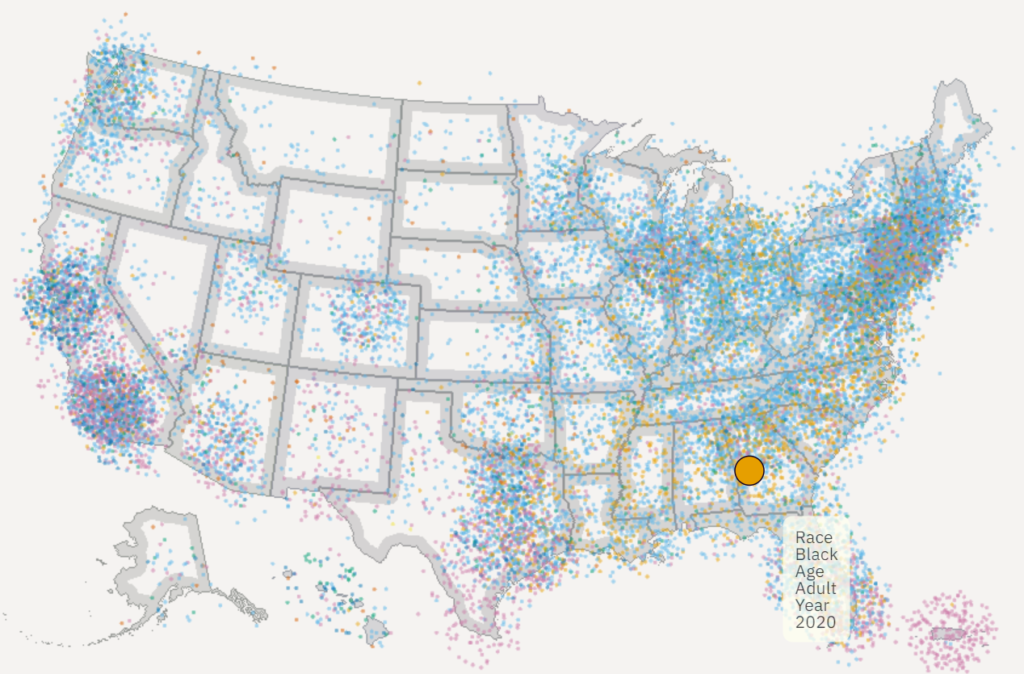Link: https://thetermguy.ca/books.html
Graphic:

Excerpt:
The Term Guy’s hobby is collecting antique insurance books. Here we’ve scanned many of our out of copyright books for your enjoyment and perhaps research purposes. Stay tuned, more books coming as I have time to scan them!
We have extracted table data from many of these books and made the information available as excel spreadsheets. In the download of spreadsheets we have also included a high def image of each of the pages containing the tables. The image filename for each page and the excel spreadsheet have the same name, i.e. image0001.jpg.xlxs contains table data from image0001.jpg. You may download and use the data unrestricted, but we would ask that you consider giving us a link from your website so that others can find this information as well.
Author(s):
Publication Date:
Publication Site:





